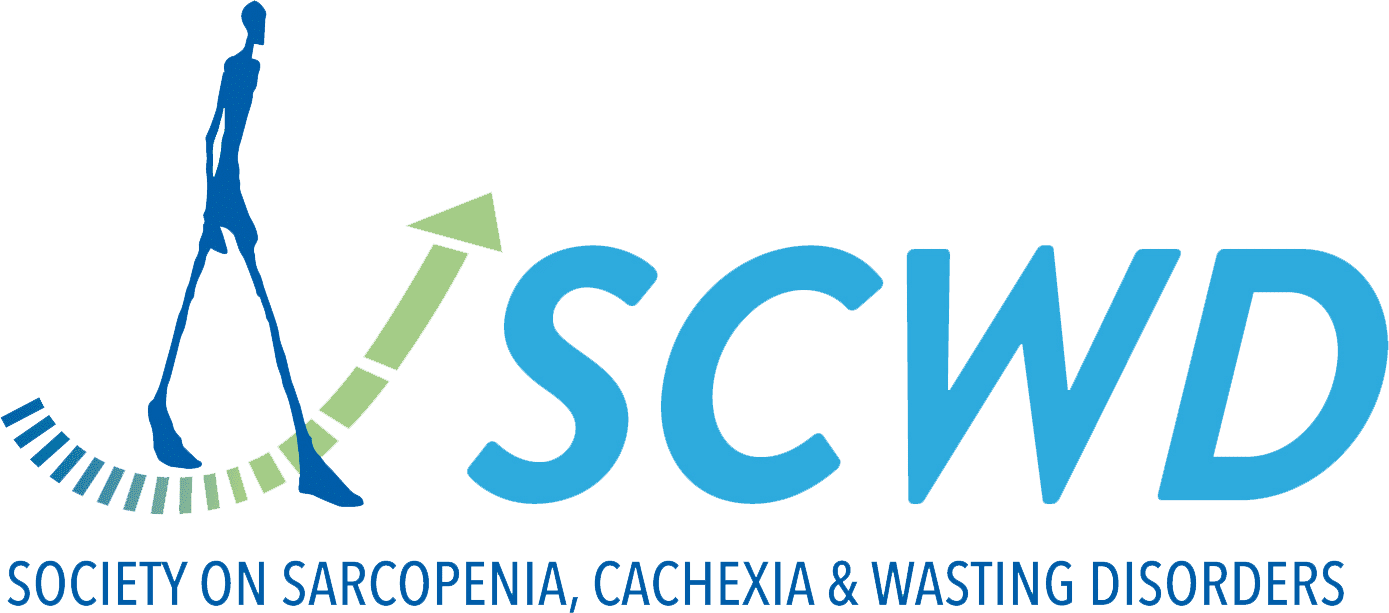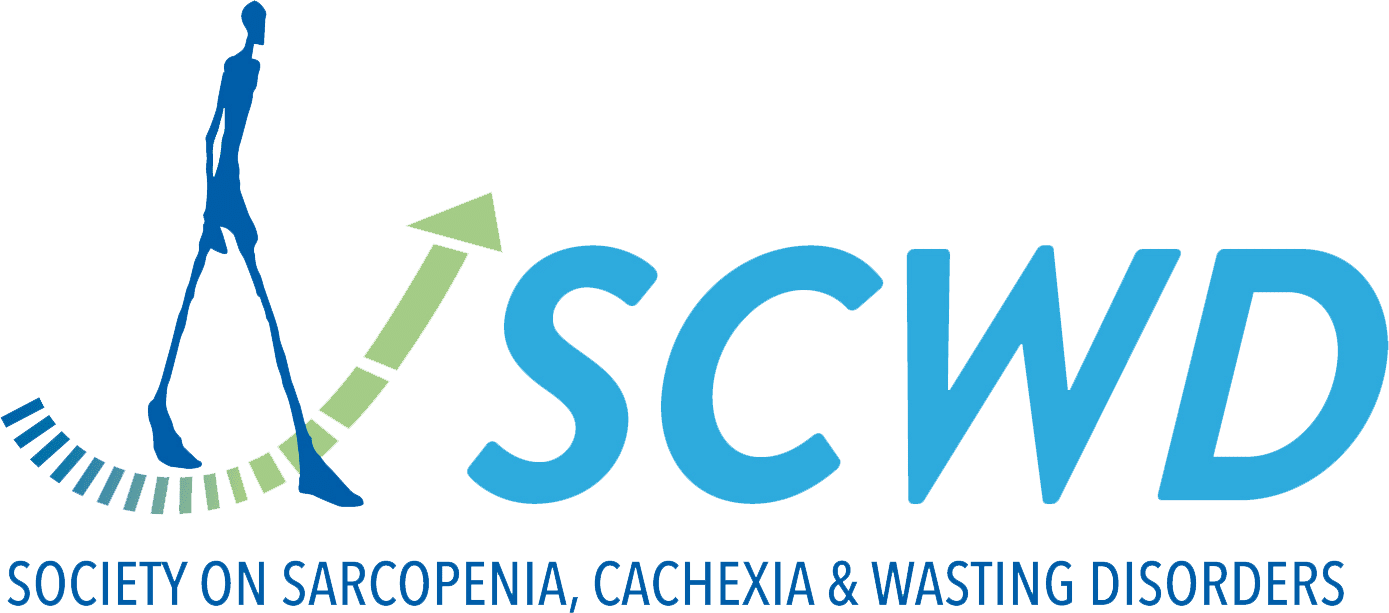Characterizing sarcopenia and sarcopenic obesity in patients aged 65 years and over, at risk of mobility disability: a multicenter observational trial (SARA-OBS).
Aging is associated with a progressive change of body composition characterized by muscle mass decline and accumulation of adipose tissue that can lead to sarcopenia and obesity, respectively. The prevalence of sarcopenia is poorly known given the different parameters and thresholds in proposed definitions.
The combination of obesity (defined as a percentage of body fat mass of > 25% in men and > 35% in women) and sarcopenia (SO) adds complexity to the characterization of this pathology. SARA-OBS aimed to better characterize sarcopenia (including SO) and its consequences on physical function over time, in community-dwelling older adults at risk of mobility disability, and to support the design of further interventional clinical trials.
This was an international, multicenter, 6-month observational study of men and women aged ≥ 65 years suffering from sarcopenia according to the Foundation for the National Institute of Health (FNIH) cut-offs for Sarcopenia and with a Short Physical Performance Battery (SPPB) ≤ 8. The primary endpoint was the change in Gait Speed (GS) in the 400-meter walking test (400MWT), reported at baseline and at Month 6/ end of the study (EOS).
Secondary endpoints included changes in handgrip strength (HGS), physical performance (6-Minute Walking Distance [6MWD], SPPB), the Physical Function Domain (PF-10) sub-score and total score of the SF-36 survey and the Sarcopenia and Quality of Life (SarQoL) questionnaire. Overall, the mean (± SD) change from baseline to Month 6/EOS in 400MWT GS was - 0.027 ± 0.171 m/sec (p = 0.064).
Both GS and 6MWD decreased significantly in subgroup with GS ≥ 0.8 m/sec at baseline (-0.047 ± 0.185 m/sec; p = 0.017 and - 24.01 ± 68.24 m; p = 0.001, respectively). In subgroup with SPPB = 8 at baseline, 6MWD also decreased (-36.80 ± 67.60 m; p < 0.001).
We observed a significant change from baseline for 6MWD in the SO subgroup (-18.30 ± 81.95 m; p = 0.013). Neither HGS nor SarQoL changed significantly from baseline to Month 6/EOS.
SARA-OBS results contribute to defining subgroups of older adults at risk of functional decline over 6 months, specifically subjects with SPPB = 8, affecting GS and the 6MWD. Additionally, the SO subpopulation exhibited a relevant deterioration in physical function as evaluated by the 6MWD.
NCT03021798 (ClinicalTrials.gov). Date of registration 16/01/2017.


